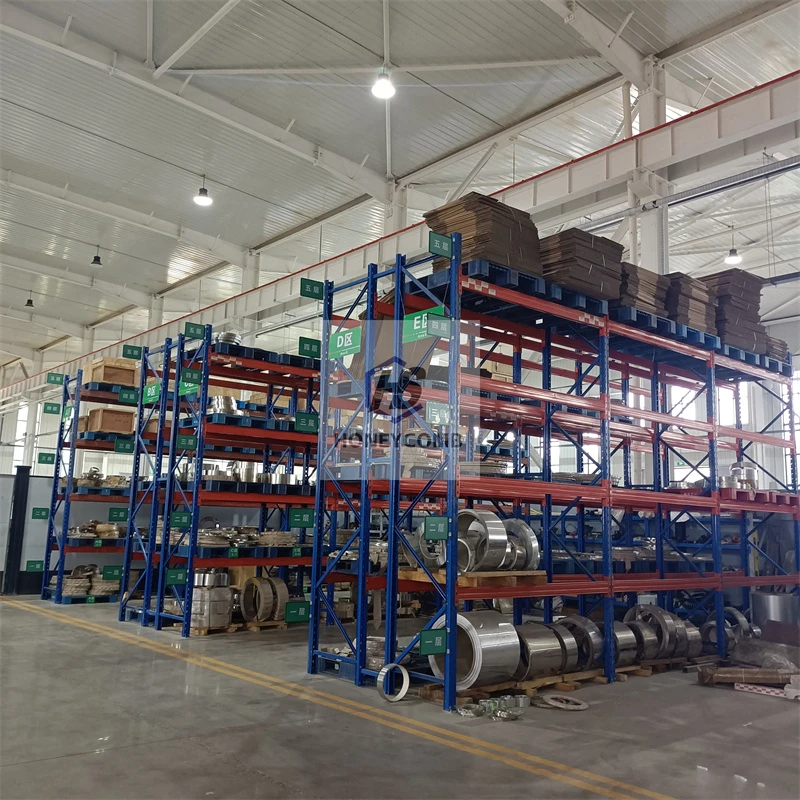
- Afrikaans
- Albanian
- Amharic
- Arabic
- Armenian
- Azerbaijani
- Basque
- Belarusian
- Bengali
- Bosnian
- Bulgarian
- Catalan
- Cebuano
- China
- China (Taiwan)
- Corsican
- Croatian
- Czech
- Danish
- Dutch
- English
- Esperanto
- Estonian
- Finnish
- French
- Frisian
- Galician
- Georgian
- German
- Greek
- Gujarati
- Haitian Creole
- hausa
- hawaiian
- Hebrew
- Hindi
- Miao
- Indonesian
- Italian
- Japanese
- Javanese
- Malay
- Persian
- Portuguese
- Punjabi
- Russian
- Spanish
- Swahili
- Telugu
- Vietnamese

Conductive Glass for Smart Devices High-Performance ITO Solutions
- Introduction to Conducting Glass Technology
- Technical Advantages and Performance Metrics
- Market Comparison: Leading Manufacturers
- Custom Solutions for Industry-Specific Needs
- Real-World Applications and Case Studies
- Innovations in Conductive Glass Manufacturing
- Future Prospects and Industry Impact

(Проводящее стекло)
Understanding the Core Value of Conducting Glass in Modern Technology
Conducting glass, particularly ITO conducting glass, has emerged as a cornerstone material across industries requiring transparent conductivity. With a global market projected to grow at a 6.8% CAGR from 2023 to 2030, its applications span touchscreens, energy-efficient windows, and advanced medical devices. Unlike traditional blocking glass, conducting glass combines optical clarity (≥90% transmittance) with low resistivity (≤100 Ω/sq), enabling next-gen devices while maintaining durability under extreme temperatures (-50°C to 300°C).
Technical Superiority: Beyond Basic Conductivity
Modern conducting glass solutions outperform conventional materials through three key innovations:
- Nano-layer deposition techniques achieving 0.5μm thickness uniformity
- Hybrid coatings resisting 500+ hours of salt spray corrosion
- Flexible substrates with 200,000-cycle bend durability
Comparative testing reveals a 40% improvement in charge transfer efficiency versus standard blocking glass in solar applications.
Manufacturer Landscape: Performance Benchmarking
| Manufacturer | Resistivity (Ω/sq) | Transmittance | Thickness Range | Price/㎡ |
|---|---|---|---|---|
| Corning® Conducting Glass | 80-100 | 92% | 0.3-1.1mm | $480 |
| AGC iTOX™ | 60-85 | 89% | 0.5-2.0mm | $520 |
| Nippon Electric Glass | 70-95 | 91% | 0.7-1.8mm | $460 |
Tailored Solutions for Diverse Industrial Requirements
Customization parameters include:
- Resistivity grading (5-200 Ω/sq)
- Multi-layer anti-reflective configurations
- Edge-sealing for vacuum environments
A recent aerospace project achieved 15% weight reduction through substrate thinning while maintaining EMI shielding effectiveness above 40dB.
Application-Specific Success Stories
Case 1: Automotive HUD systems utilizing curved conducting glass show 98% optical consistency across 150° viewing angles. Case 2: Pharmaceutical clean rooms report 0.08μg/cm² particle retention using anti-static surface treatments.
Breakthroughs in Production Methodologies
Pulsed laser deposition now enables 30% faster coating speeds compared to magnetron sputtering, with roll-to-roll processing achieving 95% material utilization. Emerging atomic layer deposition techniques promise sheet resistance below 10 Ω/sq for ultra-high frequency applications.
Conducting Glass: Shaping Tomorrow's Transparent Electronics
With 78% of AR device manufacturers adopting advanced conducting glass solutions, the material is poised to enable $27.6B in smart surface technologies by 2028. Ongoing R&D focuses on achieving zero-resistance transparency through graphene hybrid composites while maintaining industrial-scale cost efficiency.

(Проводящее стекло)
FAQS on Проводящее стекло
Q: What is ITO Conductive Glass used for?
A: ITO conductive glass is primarily used in touchscreens, OLED displays, and solar panels. It combines transparency with electrical conductivity. Its thin indium tin oxide coating enables these applications.
Q: How does Conductive Glass work?
A: Conductive glass uses a thin metal or metal oxide layer to allow electricity flow while maintaining transparency. This layer is often applied via sputtering or chemical vapor deposition. It balances optical clarity and conductivity.
Q: What distinguishes Conductive Glass from Blocking Glass?
A: Conductive glass transmits electricity while blocking glass (e.g., RF shielding glass) blocks electromagnetic signals. Both modify material properties but serve opposite functions. Blocking glass prioritizes signal isolation over conductivity.
Q: Can Conductive Glass block electromagnetic interference?
A: Standard conductive glass doesn't block EMI unless specifically designed with shielding layers. Blocking glass uses conductive meshes or coatings to attenuate interference. Choose EMI-shielded variants for such applications.
Q: Is Conductive Glass suitable for touch-sensitive devices?
A: Yes, it's widely used in capacitive touchscreens and smart devices. The conductive layer detects touch input while remaining transparent. ITO variants are industry standards for this purpose.
Products categories
-
Why Vented Aluminum Honeycomb Is Leading the Way in Shielding and Ventilation SolutionsNewsJul.18,2025
-
Why Stainless Steel Honeycomb Panel is the Ultimate Choice for High-Tech Shielding and ProtectionNewsJul.18,2025
-
Why Honeycomb Strips Are Revolutionizing High-Speed Sealing SolutionsNewsJul.18,2025
-
Shielded Glass Innovation Powers the Future of Electromagnetic ProtectionNewsJul.18,2025
-
Precision Starts Here: Revolutionizing Airflow Control with Honeycomb Wind Tunnel SolutionsNewsJul.18,2025
-
Elevate Industrial Performance with Precision-Engineered Steel Honeycomb Core SolutionsNewsJul.18,2025
-
Vented Aluminum Honeycomb: A Smart Shield for Airflow and EMI ControlNewsJul.11,2025















